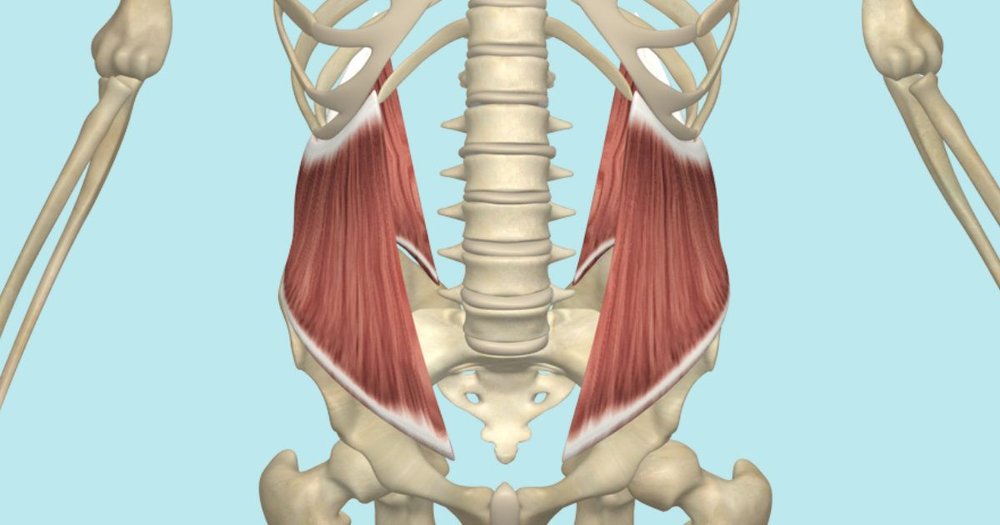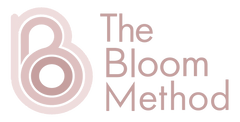Overactive Obliques Can Sabotage The Postpartum Healing Process
Don’t let your obliques “steal the show.” Make sure your core is working as a unit.

One of the most common core-based dysfunctions that happen during pregnancy and postpartum is overactive obliques. This one group of over-activated muscles can lead to the inability to address any level of injury-based Diastasis Recti and achieve desired results.
As the belly expands and grows, the obliques have a tendency to take over in an attempt to stabilize the pelvis and spine during pregnancy. This is extremely common simply due to the physical changes happening during pregnancy, but lack of proper core engagement exacerbates the problem. The overuse of the obliques as they try to compensate for the weakness of the inner core unit can lead to oblique muscles that:
Turn on faster
Work harder
Fire loudly during activities/exercises where they aren’t really needed
Overactive obliques can sabotage the postpartum healing process by masking underlying issues with injury-based Diastasis Recti, or a weak inner core unit. The over-active tendencies prevent the proper mechanics of the core from turning on, leading to a longer healing process and preventing the results women are aiming for. If your obliques are compensating for other parts of your core it must be addressed in order to make sure your whole core unit can repair and strengthen.
Understanding Your Obliques
Your obliques are located on either side of your body, below your ribs, and are connected to the transverse abdominals. There are two sets of oblique muscles - external and internal - on both sides of your body.

The external oblique is thicker and stretches from the lower ribs to the iliac crest. The internal oblique lies under the external muscle, and begins and ends in the same place. The internal obliques can function bilaterally - both sides working together - or unilaterally - one side at a time. The key function of the obliques (and your abdominal muscles in general) is stabilization.
Yoga poses like wheel can help you stretch and lengthen your obliques, while seated twists are also a good way to release some tension.
What Happens When You Have Over-Active Obliques
When the obliques are being overworked they get tight. This tightness causes them to pull the rectus muscle away from the connective tissue. This pulling will not only exacerbate the weakening of the connective tissue during pregnancy (think oblique crunches while standing) but will also prohibit proper healing postpartum.
During core exercises, overactive obliques fire deeper and quicker than the inner core unit, sabotaging its ability to work when needed. In this scenario, the oblique muscles are SO LOUD that other areas of your core cannot fire appropriately.
Inside of your deep core, the diaphragm, pelvic floor, TVA, and multifidus are all working in tandem to support you. There’s no way that your obliques can effectively do the job that this entire muscle group is designed to do. So how can you tell them to stand down?
How to Pay More Attention To Your Obliques
Start by tapping into your core container properly. This will help you create a solid foundation of core awareness throughout pregnancy, where you’re able to mindfully turn down your obliques and turn up the right muscles for stability. Learning to tap into your deep core properly is something we teach inside Studio Bloom, with our core foundation techniques.
It’s also critical to pay more attention to your intra-abdominal pressure [IAP]. Understanding how to regulate your IAP will better prepare you for labor and the pushing phase of childbirth. It allows for a better foundation and prevention of pelvic floor and core-related injuries that often occur when pushing. In this IG video, a Bloom mama works on healing her Diastasis Recti by reconnecting with her deep core through breath work and intentional re-wiring of her brain/muscle connection in order to make sure her entire core unit fires with all movements that require core strength or increase her IAP.
We need our core to work as a unit, with each muscle group firing when it should be firing. Think about:
The way you carry yourself and that growing bump
The way you walk and stand
The way you sit and sleep
It may seem obvious, but be careful not to overtrain your obliques during workouts. A lot of mainstream prenatal training focuses heavily on oblique exercises as a substitute for traditional crunches during pregnancy. While we love safe oblique exercises like side planks at Studio Bloom, we do our best not to overtrain the obliques, knowing that these muscles already have a high tendency to be over-active at some point during pregnancy.
Lastly, stretch it out! Here’s a simple tip we implement with our moms: spend 2-3 mins before and after every workout finding length in your obliques. This sends messages to the obliques to stay turned down while you work on tapping into your deep core musculature during your workouts (via our belly pump technique).
The way your muscles fire during exercise plays a vital role that can lead to a more optimal form of movement or create the path to muscle dysfunction. There is no one size fits all program that can address all your body’s needs (that’s why we built Studio Bloom to have tons of programs + movement variations for our moms).
Bottom Line:
Be aware of the changes you’re experiencing. Learning to properly tap into your deep core and TVA versus your obliques during exercise and all the ways you move throughout the day is the first step.
Feel into your body and know that when the work and determination are present but the results are lacking, the missing link is just around the corner - and we’re always here to help!



